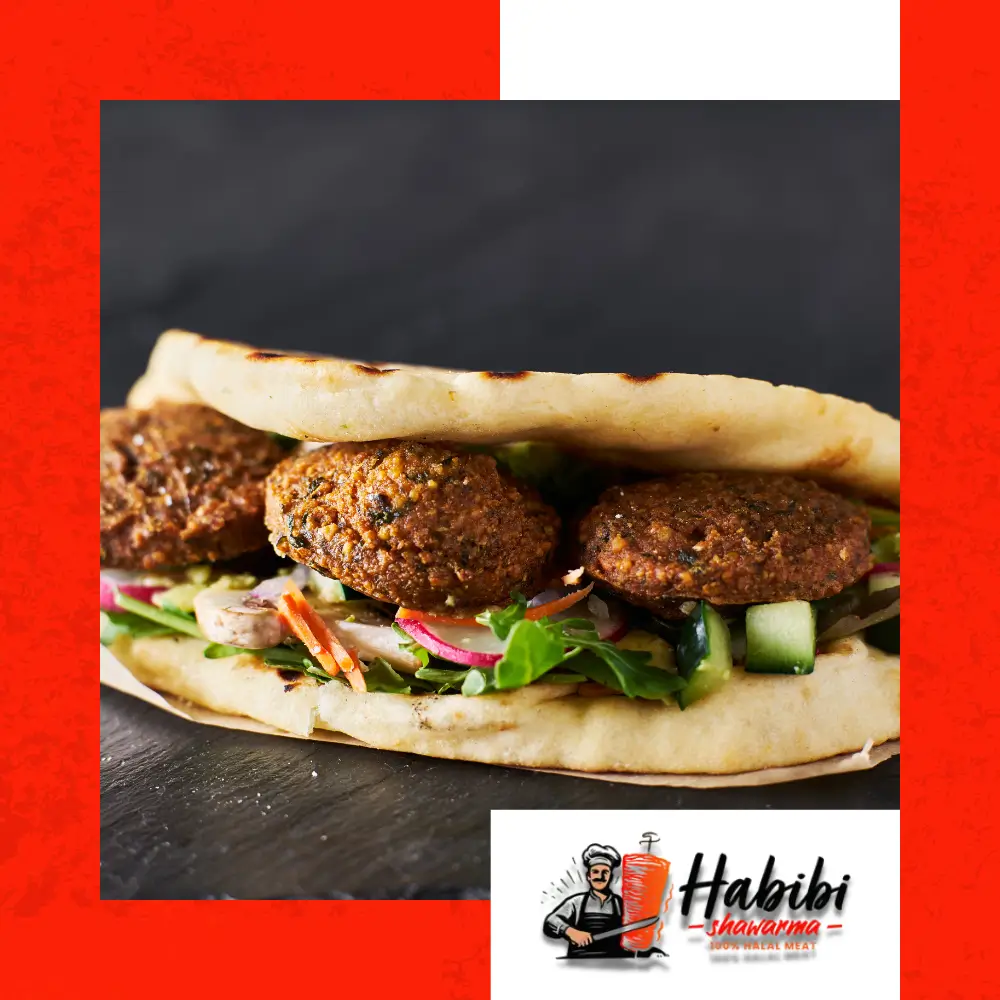When it comes to plant-based protein and fiber, two popular choices often come to mind—falafel and beans. Both are nutrient-dense, delicious, and widely consumed in vegetarian and vegan diets. But which one delivers more protein and fiber, making it a better choice for your health and fitness goals? Let’s break down the nutritional benefits of falafel and beans to help you make an informed decision.
Understanding Falafel: A Protein-Packed Delight
Falafel is a Middle Eastern dish made from ground chickpeas or fava beans, mixed with herbs and spices, then shaped into small patties or balls and typically deep-fried. It is a popular source of plant-based protein, often served in pita bread, salads, or bowls.
How Much Protein Does Falafel Have?
Falafel is rich in protein, making it a great meat substitute. A standard serving of falafel (about three to four pieces) provides around 8-13 grams of protein, depending on the recipe and preparation method. Chickpeas, the main ingredient, are naturally high in protein, making falafel a filling and nutritious meal option.
Fiber Content in Falafel
One of the major benefits of falafel is its high fiber content. A serving of falafel provides approximately 5-7 grams of fiber, which helps improve digestion, regulate blood sugar, and keep you full longer. Choosing baked or air-fried falafel can retain more fiber while reducing unnecessary fats.
Beans: A Nutritional Powerhouse
Beans are another excellent source of protein and fiber, commonly found in dishes worldwide. From black beans to kidney beans, lentils, and chickpeas, they are a staple in many diets.
Protein in Beans
Beans vary in protein content, but on average, one cup of cooked beans provides 15-18 grams of protein. This makes them one of the best plant-based protein sources available. Black beans, kidney beans, and lentils are particularly high in protein, making them excellent choices for those looking to increase their intake.
Fiber Benefits of Beans
Beans are fiber-rich, with 10-16 grams per cup, significantly higher than falafel. This high fiber content aids digestion, supports heart health, and helps with weight management by keeping you fuller for longer.
Falafel vs. Beans: Which is the Better Choice?
Both falafel and beans offer incredible nutritional benefits, but when it comes to sheer protein and fiber content, beans have the upper hand. However, falafel provides a more flavorful, versatile, and convenient option, especially for those looking for a protein-packed snack or meal.
When to Choose Falafel
If you’re looking for a quick, delicious, and satisfying meal with a moderate protein and fiber boost, falafel is an excellent choice. Pairing falafel with fresh vegetables and whole-grain pita can enhance its nutritional profile.
When to Opt for Beans
For those aiming for maximum fiber and protein intake, beans are the way to go. Incorporating them into soups, salads, or grain bowls can help improve overall gut health and provide sustained energy.
Finding the Best “Falafel Near Me”
Craving a delicious falafel meal but don’t want to cook at home? A quick search for “falafel near me” can help you locate the best spots in your area. Many Mediterranean restaurants and food trucks offer freshly made falafel, with options for baked or air-fried versions to keep it healthy. Always check online reviews and menu options to find the best quality falafel nearby.
Final Thoughts
When comparing falafel and beans, the right choice depends on your dietary needs. If you’re looking for a tasty, protein-rich meal with good fiber content, falafel is a fantastic option. However, if fiber intake and higher protein levels are your priority, beans might be the better choice. No matter what you choose, incorporating either into your diet will provide valuable nutrients and keep your meals both healthy and satisfying. Next time you’re searching for “falafel near me,” opt for a nutritious serving that fits your diet and lifestyle!
READ MORE:
Was Falafel Really the Food of the Pharaohs? A Look at Its Origins
How to Incorporate Falafel into a Balanced Diet: Tips and Tricks

